Prehistoric, Stone age, Cro-Magnon, Paleolithic, Primitive, Cavemen… so many names for people who lived before our current civilization today. While reduced in our minds to cartoonish oafs like Captain Caveman or stone versions our society like the Flintstones, their lives were different than ours in almost every imaginable way. So to set the stage for our trip through the Science of Society, let’s take a moment to reflect on our modern 21st century life.
- What materials is your home made from?
- How do you get around?
- What do you eat? Where does your food come from?
- How do you spend your free time?
- What are your most prized possessions? How are they made?
- What do you want to do for a living? How will you learn do to it?
- How do you communicate with other people?


Now reflect back on the questions above. What would change if you only had the materials nature provided to survive?
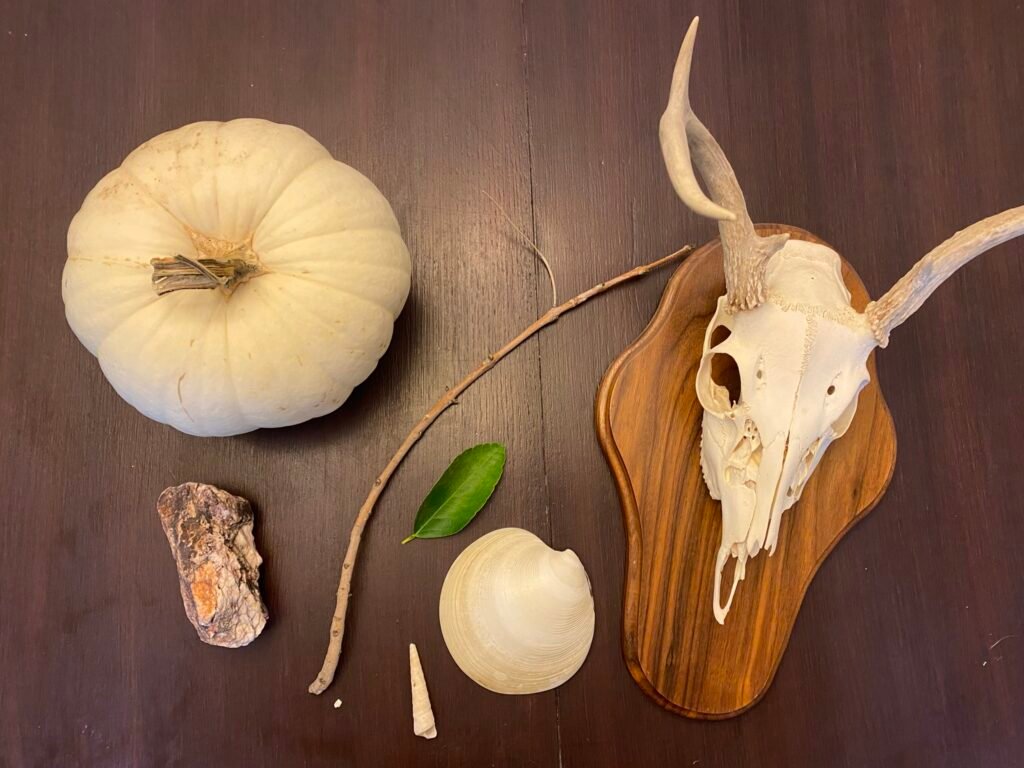
1. Prehistoric people moved around a lot
With no stores or farming invented yet, the earliest people were nomadic. But don’t think they were wandering aimlessly! They rotated through seasonal locations when fish spawned in rivers, fruit trees and berry bushes ripened and animal migration patterns provided for them. This means they moved to several different locations through the year as climate, food and water resources were seasonally favorable.
And as you will see, this lifestyle impacted everything else about their existence!
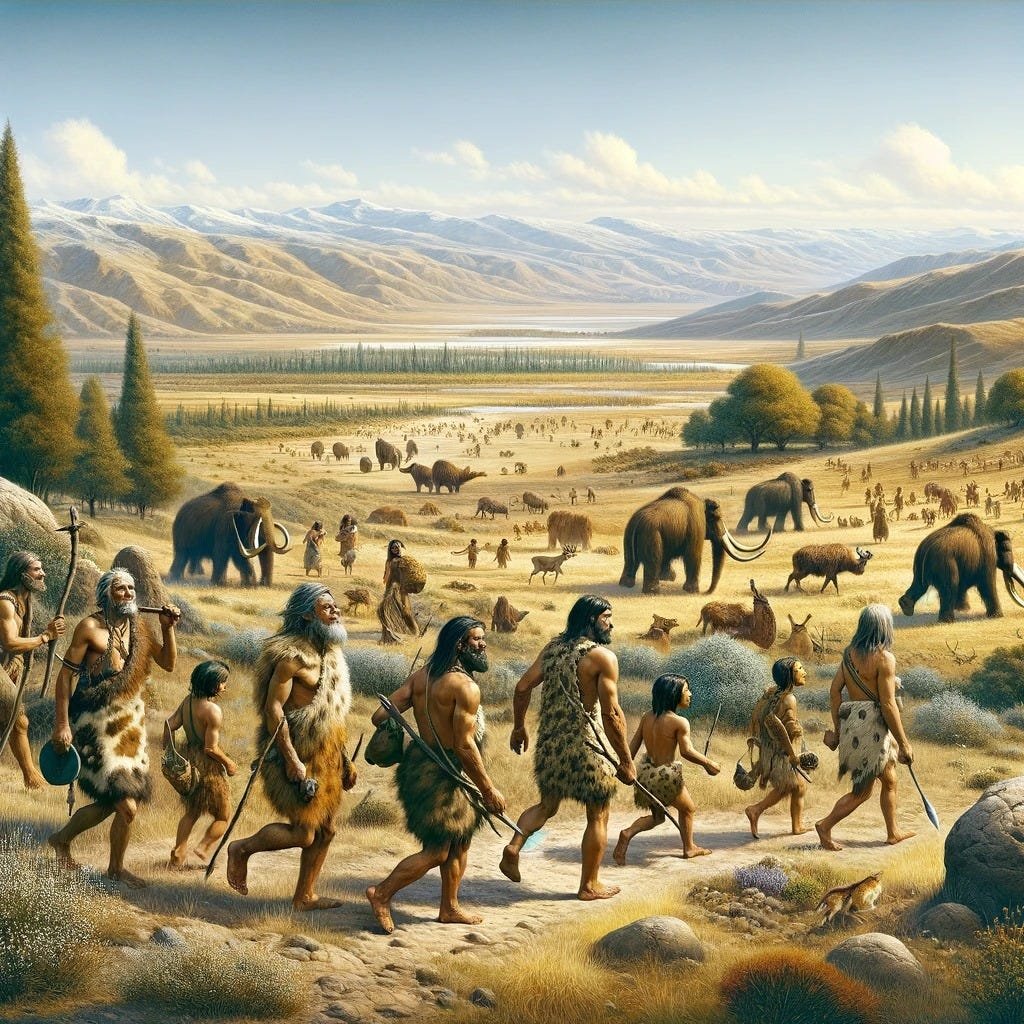
2. Simple dwellings that could be moved or abandoned easily
Anyone who has ever moved knows how difficult it is to pack up and reset a home, but just imagine how different life would be if you had to move several times each year! Homes for the earliest people were categorically different from ours in 2 major ways. Firstly, they only had rocks, plant and animal parts as they are found in nature. No perfectly milled lumber or identically shaped bricks, we’re talking natural materials. Secondly, nomads don’t need large permeant structures, so quick shelters in caves or from accessible materials were the best use of the time and energy. Unfortunately, their use of natural materials means most evidence of their homes has long biodegraded away.
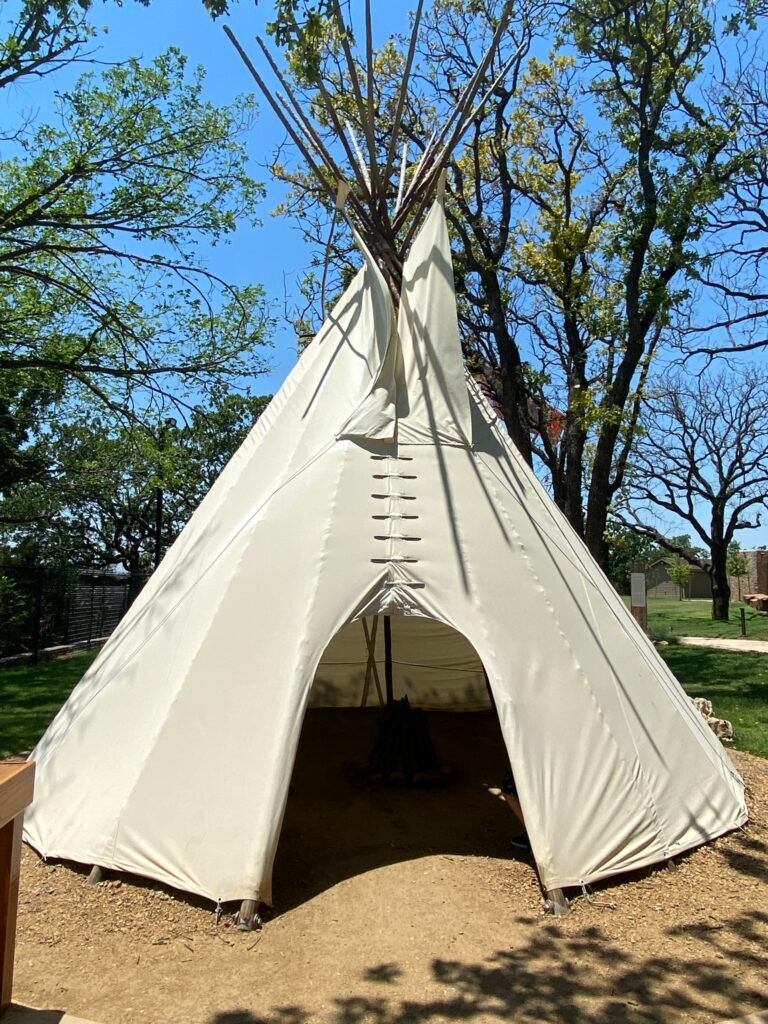
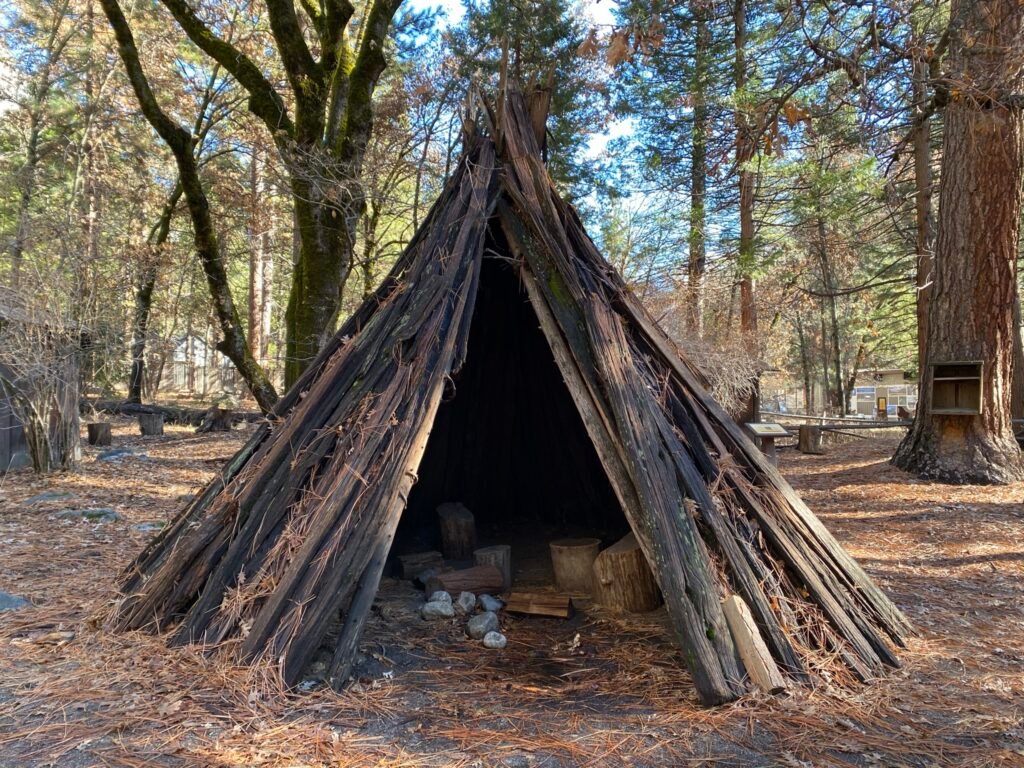
3. Prehistoric survival skills were taught by “elders”
This fact might be a favorite of many students, but the earliest humans didn’t have formal schooling. Without consistent food sources and modern medicine to heal illnesses and wounds, the average life expectancy was around 30. Children began participating in survival activities as soon as they could walk and communicate. By “middle age”, teenagers were well versed in hunting, fishing, foraging, fire building tool making and storytelling and began teaching the next generation.

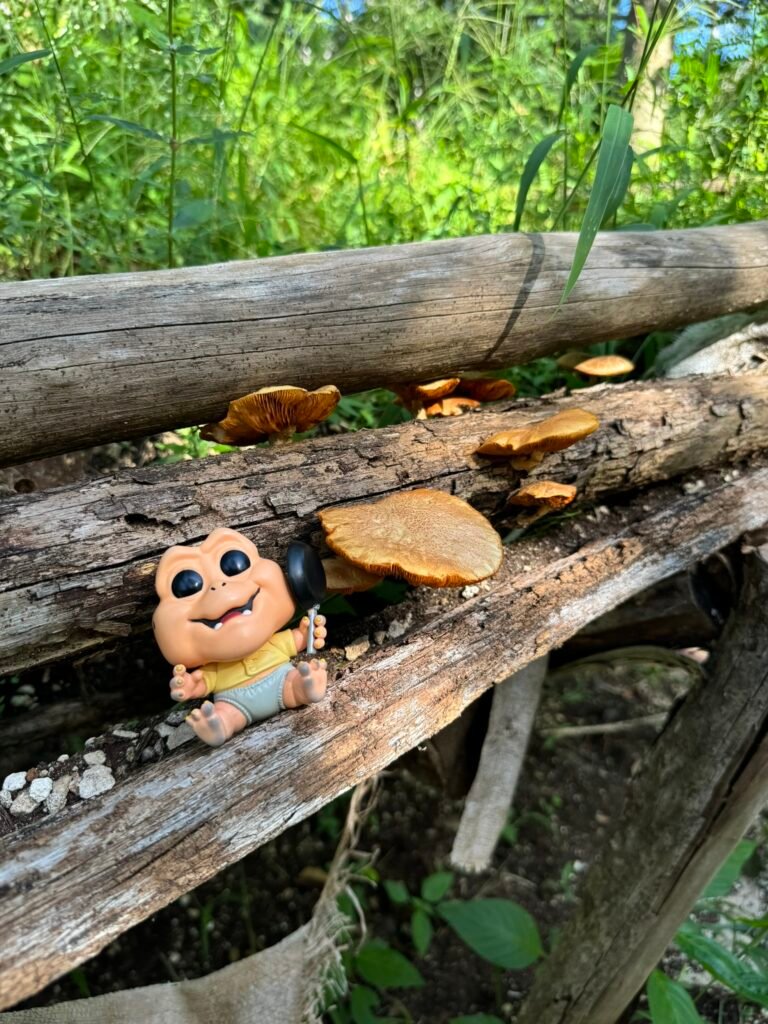
4. Energy was acquired from any available source
With no grocery stores or fast food, lots of physical and mental energy was dedicated to finding food. Next time you’re in nature, look around for food. Not just edible fruits, but roots, leaves, bark and flowers that provide nutrition and medicinal treatments. And to add another layer of difficulty, which plants will upset your stomach, make your skin itch or poison someone?
And then there are animals. Knowing their behavior patterns, homes and prey provide clues to how to harvest them to eat. Setting traps and making tools to collect these animals and then harvest them to eat required so much knowledge to be shared within a tribe.
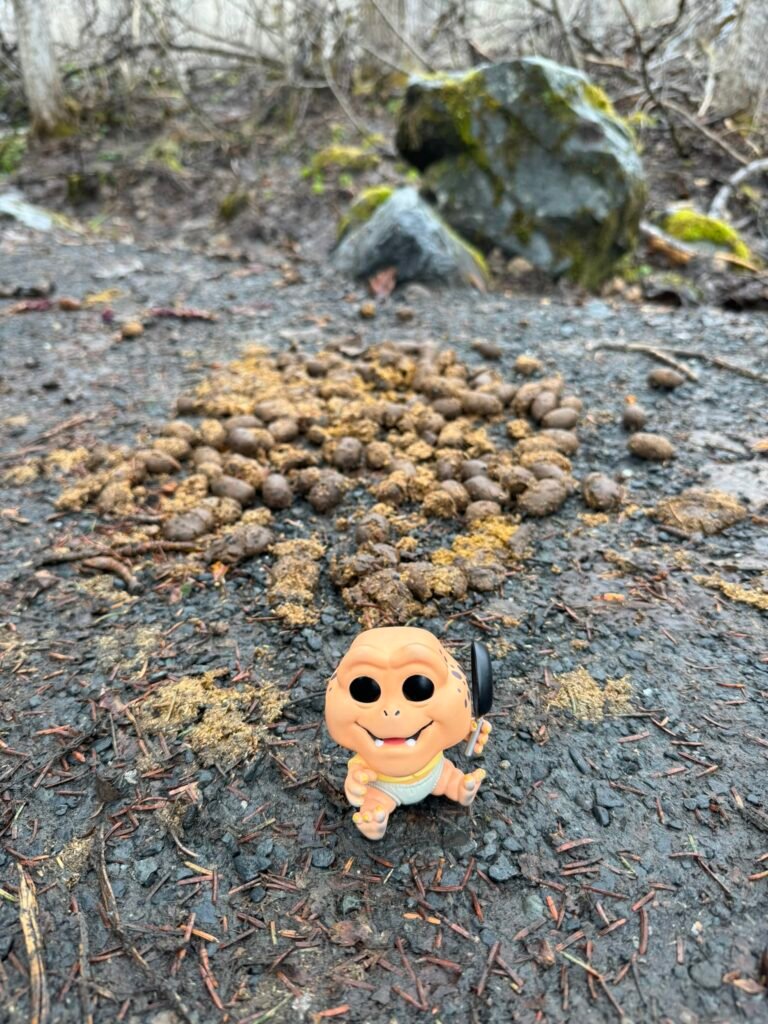

5. Sparse free time meant little innovation
After long days finding food, not getting eaten and ensuring a safe shelter for sleep, free time was largely spent around a fire preparing for the next day. In a firelit circle, members of tribes would have busy hands fixing stone and wood tools and stitching animal hides together with hair and bone needles. Music from hides stretched over gourds and bone flutes provided the perfect background for songs about migration patterns or hunting conquests. (Check out the oldest instruments on Earth.)
With every member of the tribe busy from sunup to bedtime during their 30 year lives, there was little time for major scientific innovations. However, generational improvements on standard devices led to some cool things like canoes, arrowheads and colorful pottery.

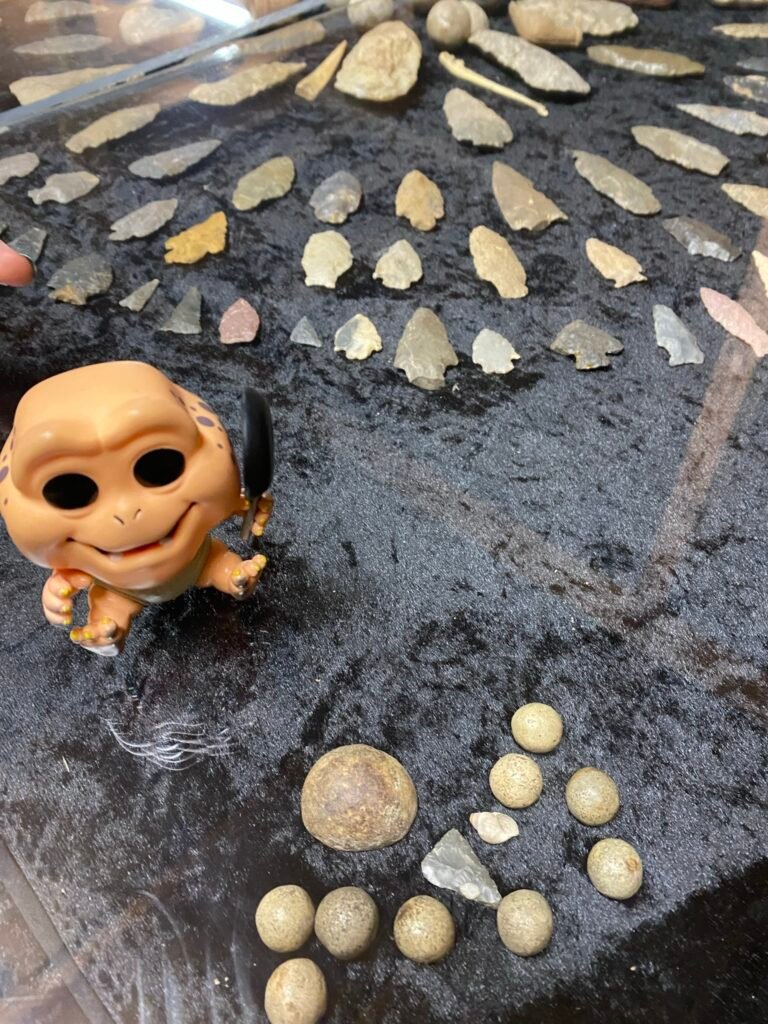
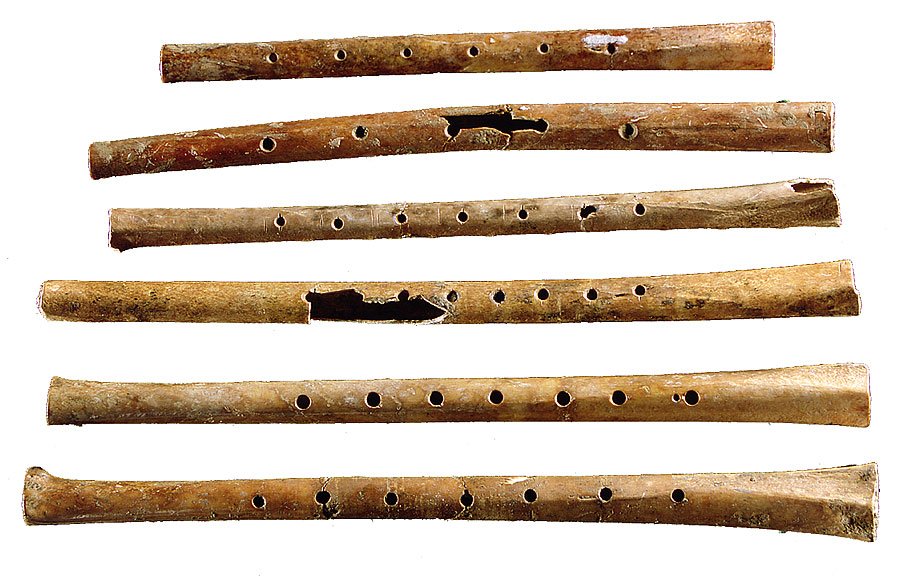
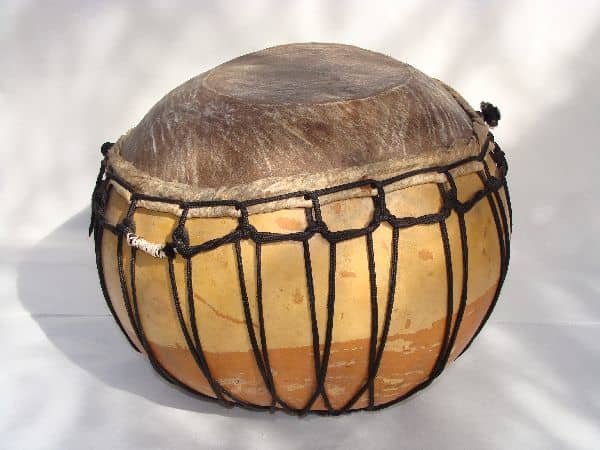
6. Few functional possessions had to be carried
While we have huge houses full of possessions we rarely use, the earliest people focused on functional items because their nomadic life meant they had to carry everything with them. Clothing made from animal hides or woven plant fibers were sewn with animal hair and bone needles. Woven leaves or vines along with hides create packs to carry tools like stone axes and knives, weapons like clubs and slingshots, household items like bowls and spoons and hygiene items like combs and toothbrushes.
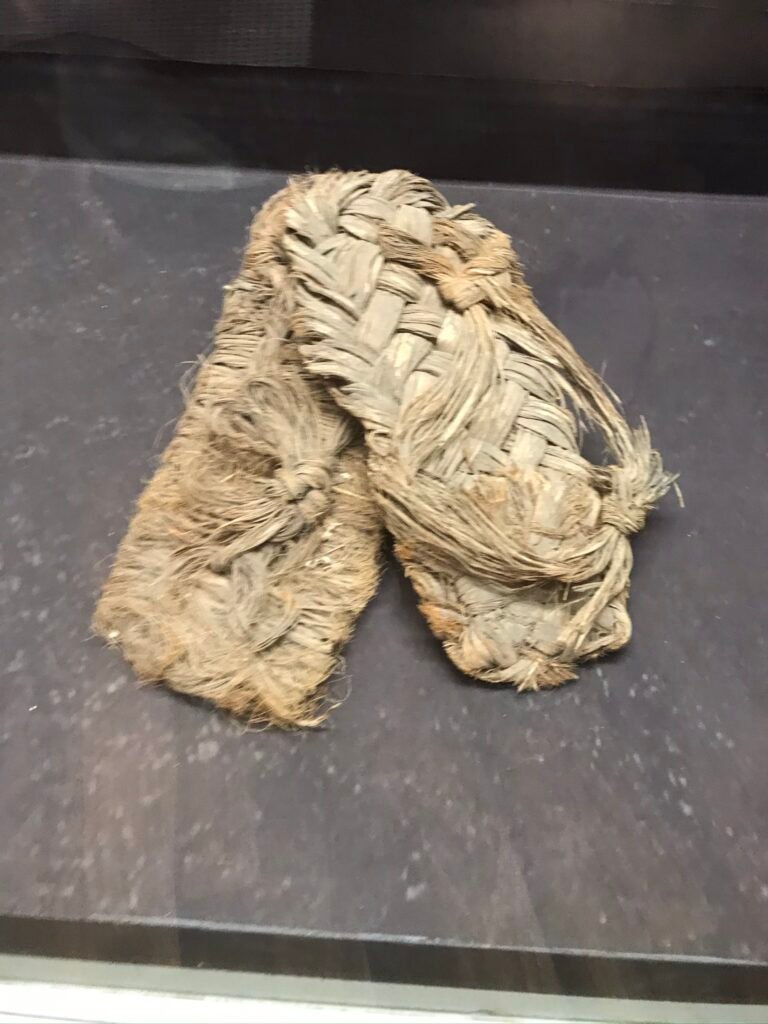
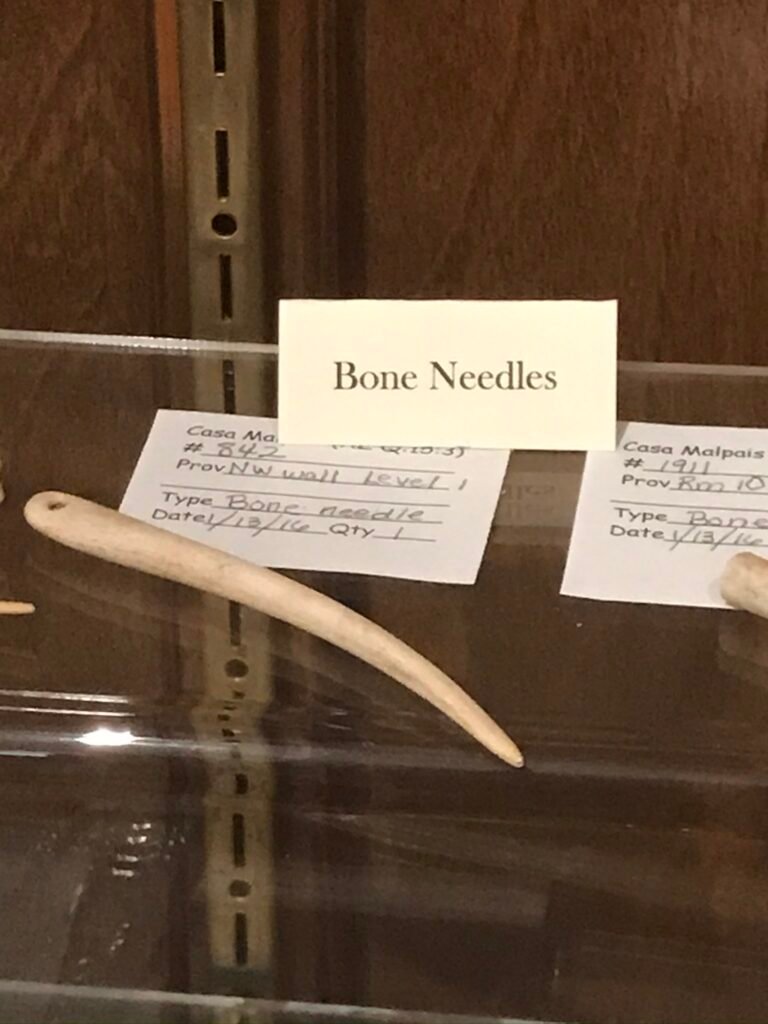
7. Small prehistoric tribes managed by tribal law
With 80% of the world’s population living in communities over 5,000 people, it’s hard to imagine your entire town up and moving several times a year. However, nomadic tribes rarely exceeded 200 people. This familiarity within the tribe meant that expectations and disputes could be decided by the entire group or at least the elders. It also meant that individuals who regularly violated the norms of the group were exiled without the need for formal courts and judges.

8. Verbal communication left little evidence
Do you write up a full legal agreement every time you make plans or loan something to a friend? Of course not! So if the only people you ever come into contact with are people who know you personally, verbal arrangements and agreements are all you really need to get by. In addition, their histories and knowledge was passed down in stories and songs around the campfire.
However, this has two major drawbacks. Firstly, we don’t know a whole lot about these people because they didn’t leave their stories carved in stone or inked onto hides and the art they did leave can be widely interpreted. And secondly, we can assume they had miscommunication with each other and other groups due to lack of formal written records and translations.
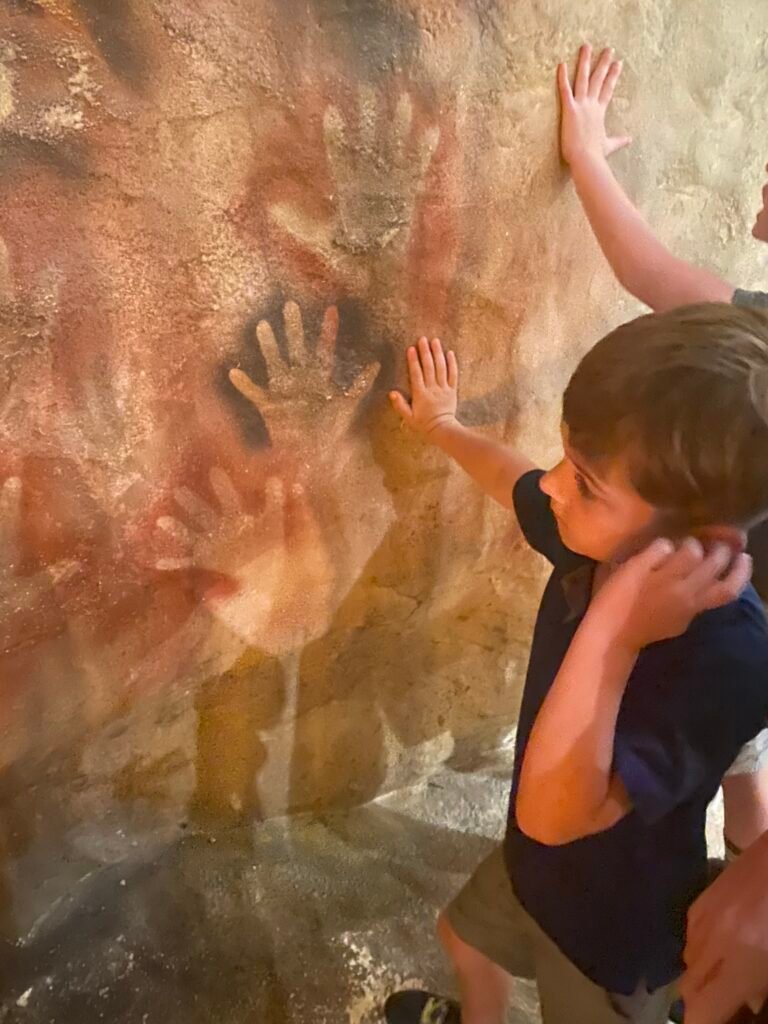


And this is why it’s called PREHISTORY
It’s from the time before (Pre-) people wrote down their stories (-story)
and the sparse evidence of their lives leaves us with more questions than answers
So how do you feel about the Prehistoric way of life?
What was BETTER about life in these prehistoric nomadic tribes?
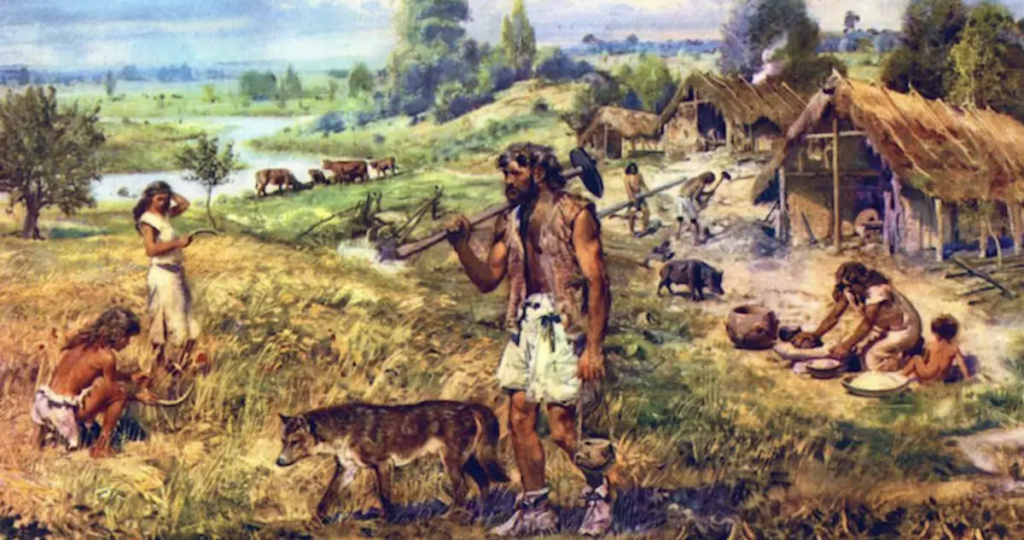
What was WORSE about living in these prehistoric nomadic times?
Let’s keep learning…
What in the world does this have to do with Science class?
